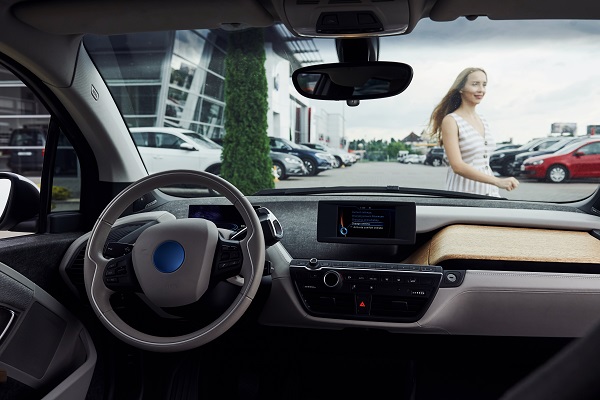GM Pays $8 Million to San Francisco Pedestrian Dragged by Self-Driving Car
After a ride-sharing accident in San Francisco, it is often challenging to determine who is to blame. Do you sue the driver of the ridesharing vehicle or the tech company that operates the service? In the case of a self-driving vehicle, however, the at-fault party is clear. With the human driver taken out of the equation entirely, there is no other option but to hold the tech company liable. This is exactly what one pedestrian in San Francisco did after being dragged for several feet by an autonomous robotaxi that failed to register her presence. This type of lawsuit could become far more common in the future as residents embrace self-driving robotaxis as an alternative to traditional car ownership.
Cruise Pays Injured Pedestrian $8 Million

This act of vandalism came a few months after a chilling incident in October. A woman in San Francisco was caught underneath a Cruise vehicle and was subsequently dragged for 20 feet before the onboard software finally registered a human presence. The obvious argument is that a human driver would have noticed a human body scraping along the asphalt – and they probably would have heard the woman’s desperate screams for help. This calls into question the widely held belief that self-driving software is inherently safer than human drivers.
Further investigation into this incident only raised more questions. The Cruise vehicle was reportedly programmed to pull over as a “safety maneuver” after any accident. However, this maneuver was obviously not appropriate in all situations – especially when there was a human body lodged underneath the vehicle. Again, this shows the lack of subtle decision-making capabilities with self-driving technology. Cruise has already fired most of its executive leadership team in the aftermath of this incident, and its CEO voluntarily resigned.
There is little information about the condition of the injured woman, although it is clear that she survived the crash. She has been released from the hospital with undisclosed injuries. It is difficult to imagine how someone could emerge from such an incident without permanent disabilities. The settlement amount seems to suggest life-altering health consequences. Although $8 million might seem like a lot, no amount of money can take away the psychological burdens of a crippled leg or paralyzing spinal injury. Some reports indicate that the settlement could reach as high as $12 million.
Is This the Future of Auto Accident Lawsuits?
What happens when car ownership becomes a thing of the past? How will injured plaintiffs pursue compensation if there are no human drivers on the road? In a future filled with robotaxis, tech companies could face countless injury lawsuits for car accidents. Under current law, manufacturers are strictly liable for injuries sustained by customers. For example, someone who suffers third-degree burns because of an exploding lithium-ion battery does not necessarily need to prove the manufacturer’s negligence. They only need to prove that the manufacturer built the product and that they suffered legitimate injuries while using it.
This is markedly different compared to most auto accident lawsuits in California, which require users to prove negligence. For example, you might attempt to prove that a human motorist ran a red light before impacting your vehicle. If you cannot prove negligence, it becomes impossible to pursue compensation. If you’re simply suing the company behind self-driving technology, however, you might only need to show that an accident occurred.
Self-driving companies like Waymo, Cruise, and Zoox will undoubtedly embrace comprehensive insurance policies similar to those utilized by Uber and Lyft. In addition, they will almost certainly search for legal strategies to dodge liability. Even a major company like GM cannot afford to pay out $8 million every time a serious accident occurs.
Find an Experienced Robotaxi Accident Lawyer in San Francisco
The $8 million settlement shows just how lucrative a robotaxi lawsuit in San Francisco can be. However, success is far from guaranteed when you are up against major tech companies. To give yourself the best possible chance of success, it makes sense to work with experienced auto accident lawyers in the Bay Area. Choose Mary Alexander & Associates today, book a consultation, and get started with an effective action plan.
